Ethyl Cellosolve (2-Ethoxyethanol) – Reagent Grade
$22.00 – $79.99
Chemical Identity:
- Chemical Name: Ethyl Cellosolve
- Synonyms: 2-Ethoxyethanol, Glycol Ether EE, Monoethyl Glycol Ether
- Chemical Formula: C4H10O2
- CAS Number: 110-80-5
- Molecular Weight: 90.12 g/mol
Physical and Chemical Properties:
- Appearance: Clear, colorless liquid
- Odor: Mild, ether-like odor
- Purity: ≥ 99% (Reagent Grade)
- Boiling Point: 135°C (275°F)
- Melting Point: -70°C (-94°F)
- Density: ~0.93 g/cm³ at 20°C
- Flash Point: 49°C (120°F) (closed cup)
- Solubility:
- Completely miscible with water
- Soluble in alcohols, ethers, and other organic solvents
- Vapor Pressure: ~3.5 mmHg at 20°C
- Refractive Index: 1.403–1.405 at 20°C
Performance Characteristics:
- High Solvency: Excellent solvent for resins, oils, and waxes.
- Versatility: Used in a wide range of industrial and laboratory applications.
- Reactivity: Can undergo etherification and esterification.
Documents :
Description
Ethyl Cellosolve, also known as 2-Ethoxyethanol, is a high-purity, versatile solvent widely used in industrial, laboratory, and chemical processes. Known for its excellent solvency and low viscosity, it is ideal for use in coatings, cleaning solutions, and as a solvent in various chemical reactions. Packaged securely in leak-proof containers, this product ensures reliability and safety for demanding applications.
Applications for Ethyl Cellosolve (2-Ethoxyethanol)
Paints, Coatings, and Varnishes
- Solvent for Resins: Dissolves a wide range of resins, making it an essential ingredient in paints, coatings, and varnishes.
- Coating Formulations: Improves the spreadability and penetration of coatings, ensuring a smooth and even finish.
- Viscosity Control: Used as a thinner in coating formulations to adjust viscosity.
Cleaning and Degreasing
- Industrial Cleaners: Used in cleaning solutions for removing oils, greases, and dirt from surfaces and equipment.
- Electronic Component Cleaning: Ideal for cleaning delicate electronic parts and circuit boards without causing damage.
- Degreasing Solvent: Effectively breaks down and removes stubborn grease and oil residues.
Chemical Synthesis
- Intermediate for Esters and Ethers: Acts as a precursor in the production of esters and ethers used in specialty chemicals.
- Plasticizer Production: A key ingredient in the synthesis of plasticizers for flexible plastics.
- Chemical Reactions: Used in laboratory and industrial settings for organic synthesis and reaction optimization.
Textile and Leather Industry
- Dye Solvent: Enhances the penetration and fixation of dyes on textiles and leather.
- Finishing Agent: Used in the treatment and finishing of textiles to improve appearance and durability.
Pharmaceuticals
- Extraction Solvent: Utilized in the extraction of certain active pharmaceutical ingredients (APIs).
- Excipient in Formulations: Used in specific drug formulations for solubilizing active components.
Printing Industry
- Ink Solvent: Dissolves and stabilizes inks used in printing processes, ensuring sharp and consistent print quality.
- Adhesive Formulations: Used in adhesive products to improve flow and adhesion properties.
Agricultural Industry
- Pesticide Carrier: Enhances the delivery and dispersion of pesticides on crops.
- Adjuvant: Improves the effectiveness of herbicides and fungicides by promoting better penetration into plant tissues.
Automotive and Aerospace
- Component Cleaner: Used to clean automotive and aerospace parts during manufacturing and maintenance.
- Coating Additive: Improves the performance of protective coatings for vehicles and aircraft.
Plastics and Polymers
- Polymerization Solvent: Used in the production and processing of polymers and plastics.
- Flexible Films: Aids in the production of flexible films and coatings for packaging.
Environmental Applications
- Soil and Water Remediation: Acts as a solvent in cleaning and remediation processes for polluted environments.
- Oil Spill Management: Aids in the dispersion and breakdown of oil spills in aquatic environments.
Laboratory and Research
- Solvent for Analysis: Used in chromatography and other analytical techniques.
- Sample Preparation: Helps in dissolving or stabilizing chemical samples for laboratory studies.
Storage Guidelines
- Temperature Control:
- Store in a cool, dry, and well-ventilated area.
- Maintain storage temperatures between 15°C and 30°C (59°F to 86°F) to prevent degradation.
- Light and Heat Protection:
- Keep away from direct sunlight, heat sources, and open flames.
- Avoid storing near oxidizing agents or acids, as Ethyl Cellosolve can react with these substances.
- Container Requirements:
- Use tightly sealed, corrosion-resistant containers made of stainless steel, aluminum, or high-density polyethylene (HDPE).
- Ensure containers are labeled correctly with hazard and identification information.
- Ventilation:
- Store in a well-ventilated space to prevent the buildup of vapors, which are flammable and harmful if inhaled.
- Fire Safety:
- Store away from ignition sources.
- Use approved flammable liquid storage cabinets if required.
- Shelf Life:
- Typically stable for up to 2 years under recommended storage conditions.
Handling Guidelines
- Personal Protective Equipment (PPE):
- Gloves: Wear chemical-resistant gloves (e.g., nitrile or neoprene).
- Eye Protection: Use safety goggles or a face shield to protect against splashes.
- Clothing: Wear a lab coat or chemical-resistant apron.
- Respiratory Protection: Use a properly fitted respirator if working in poorly ventilated areas.
- Safe Handling Practices:
- Always work in a well-ventilated area or under a fume hood to minimize vapor inhalation.
- Avoid direct contact with skin, eyes, or clothing.
- Use non-sparking tools and grounded equipment to handle the liquid safely.
- Spill Management:
- In case of spills, absorb with inert material (e.g., sand or vermiculite).
- Avoid letting the spill enter drains or waterways. Dispose of according to local regulations.
- Mixing and Dilution:
- When mixing Ethyl Cellosolve with other chemicals, add it slowly and with constant stirring to avoid reactions.
- Never mix with strong oxidizing agents or acids.
Warning

Exposure can cause irritation of the eyes, nose, throat and lungs with cough and/or shortness of breath.
Flammable/Combustible liquid and vapours.

California Prop. 65 Components
This product contains chemicals known to State of California to cause birth defects, or any other reproductive harm.
Additional information
| Size | 500mL (16 Fl Oz), 1000mL (32 Fl Oz), 1 Gallon (128 Fl Oz) |
|---|
Related products
-
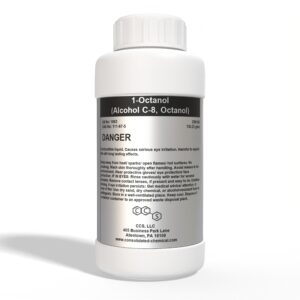
1-Octanol (Alcohol C-8) Premium Aroma Fragrance Compound
$12.00 – $95.00 Select options This product has multiple variants. The options may be chosen on the product page -
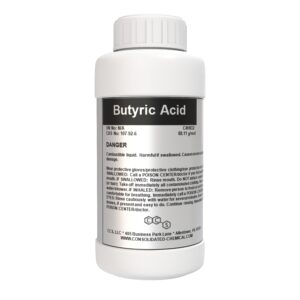
Butyric Acid – FCC Grade
$11.00 – $69.99 Select options This product has multiple variants. The options may be chosen on the product page -
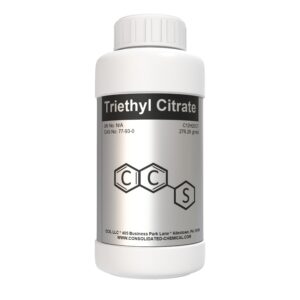
Triethyl Citrate HP Aroma/Flavor/Fragrance Compound
$12.00 – $150.00 Select options This product has multiple variants. The options may be chosen on the product page -
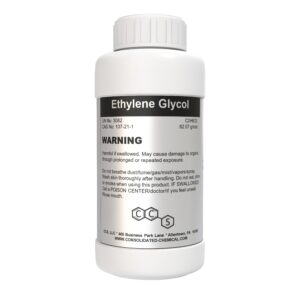
Ethylene Glycol – Premium Industrial-Grade
$19.99 – $27.00 Select options This product has multiple variants. The options may be chosen on the product page


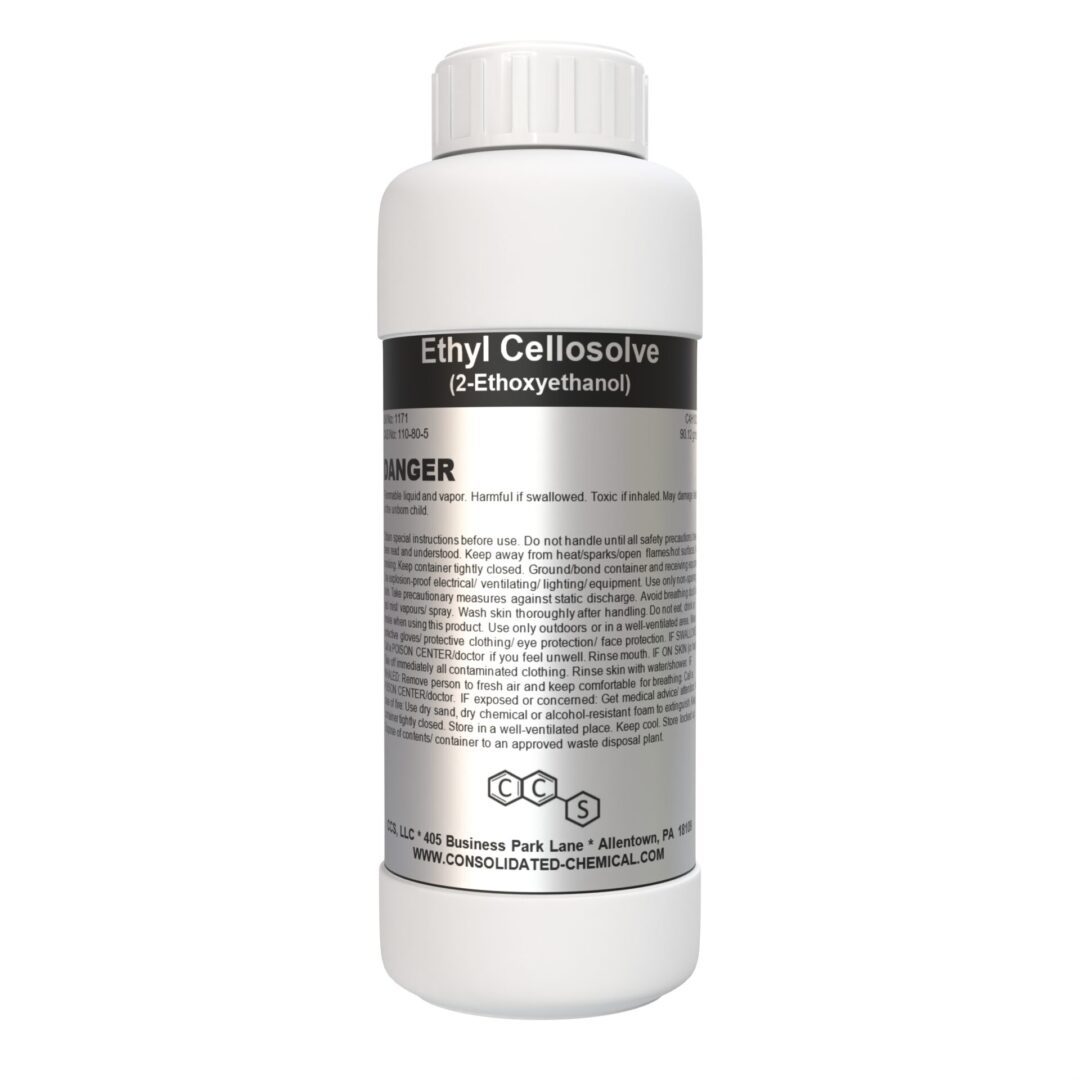
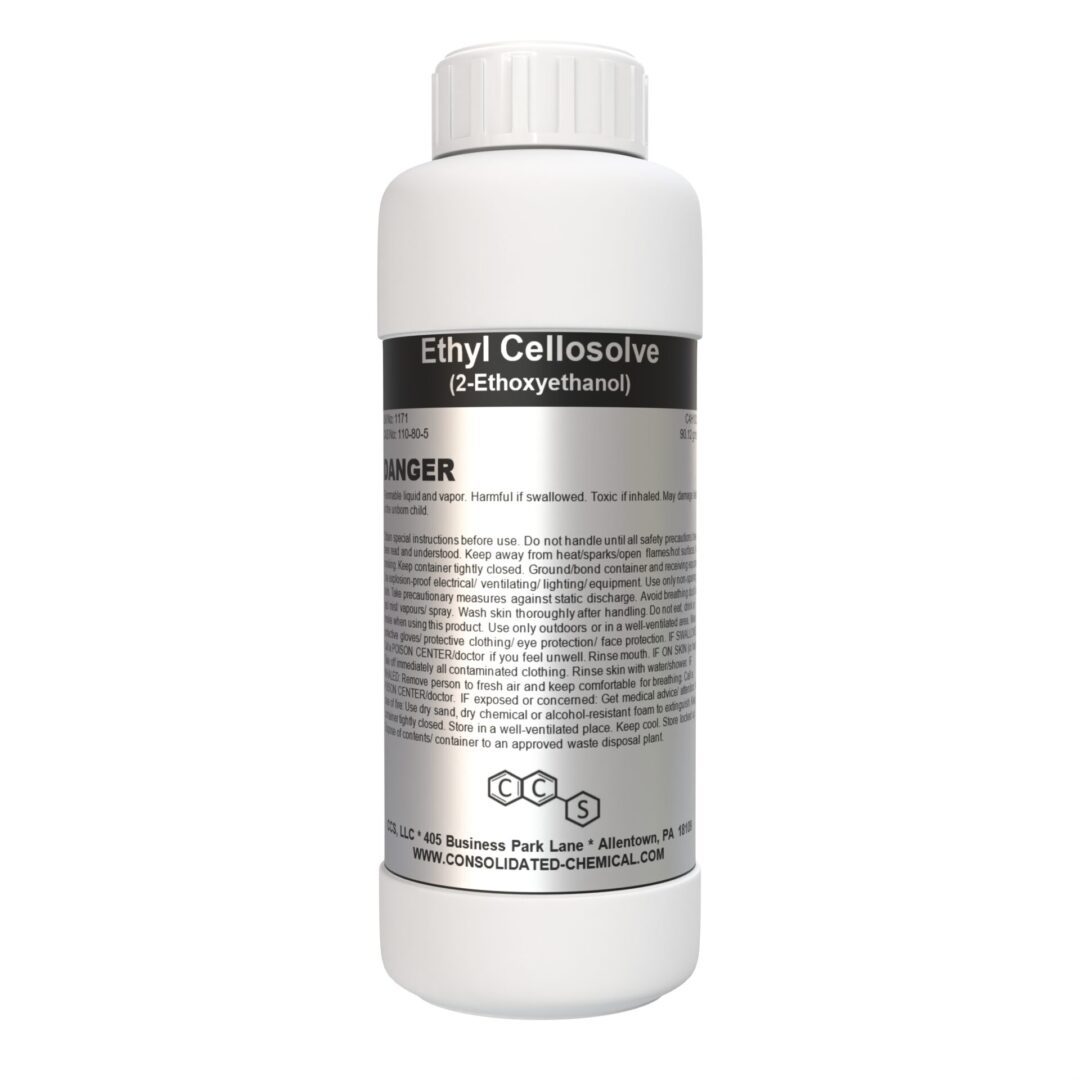
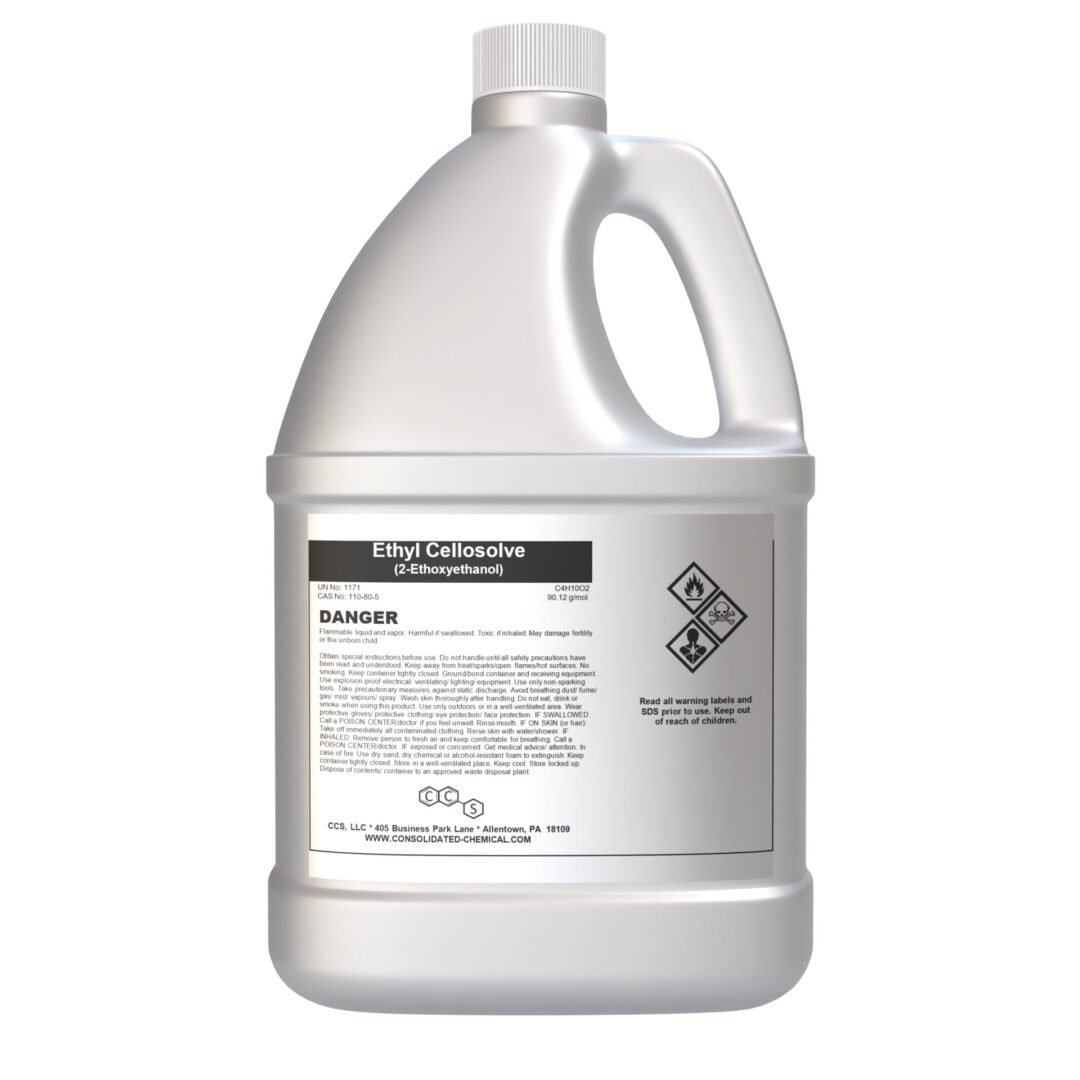
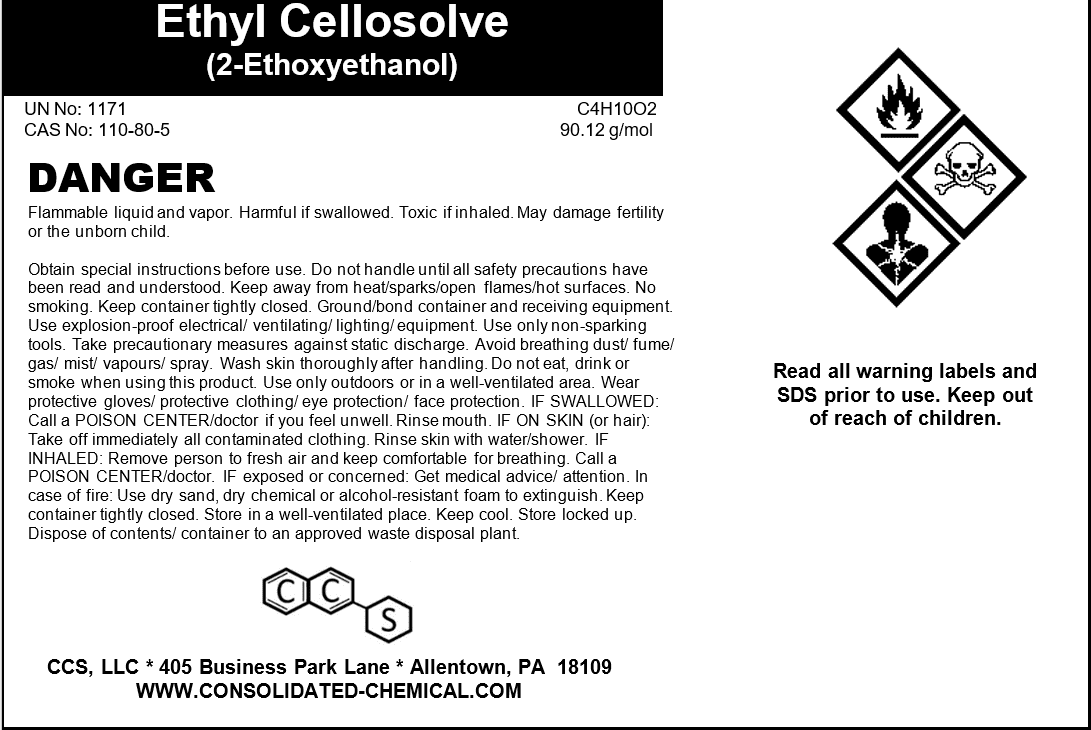
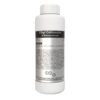
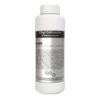
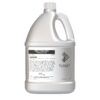
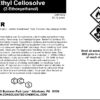
Reviews
There are no reviews yet.